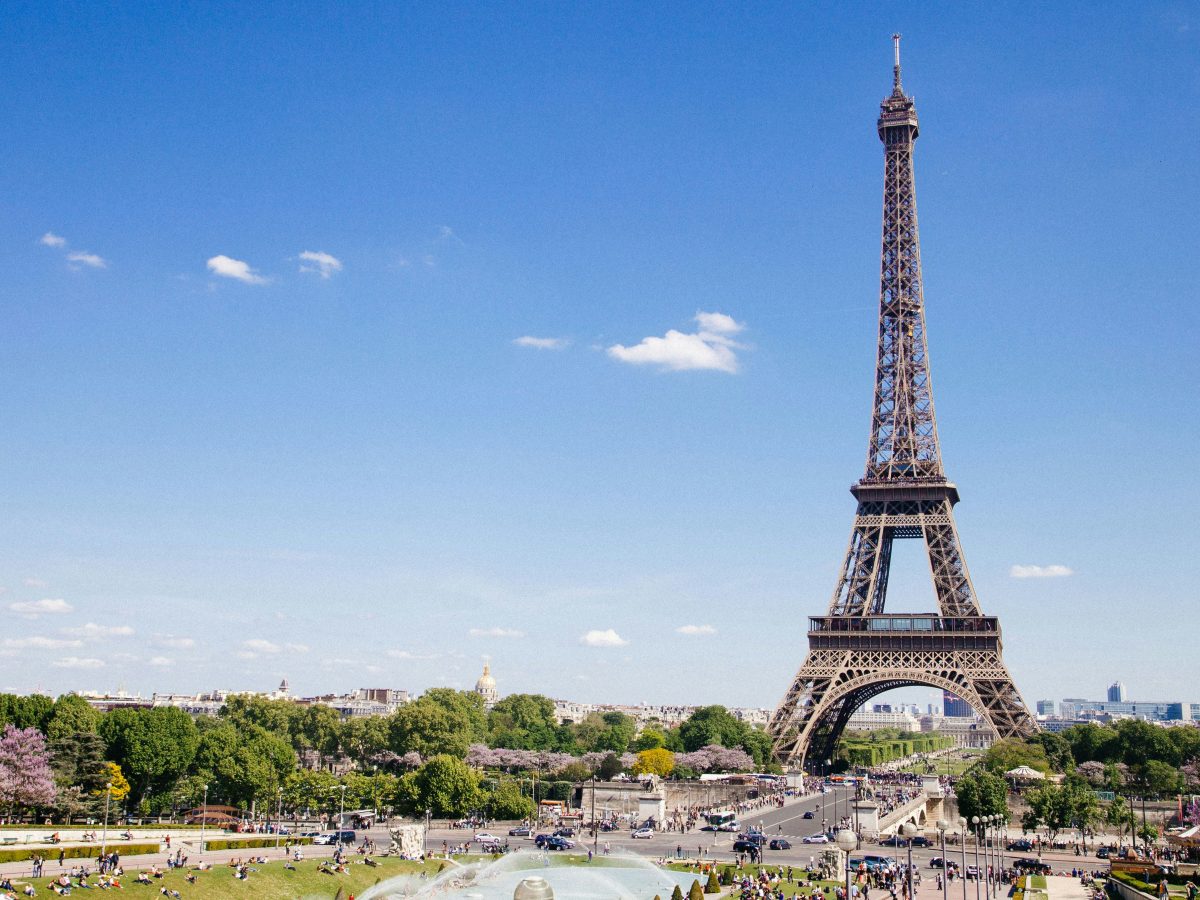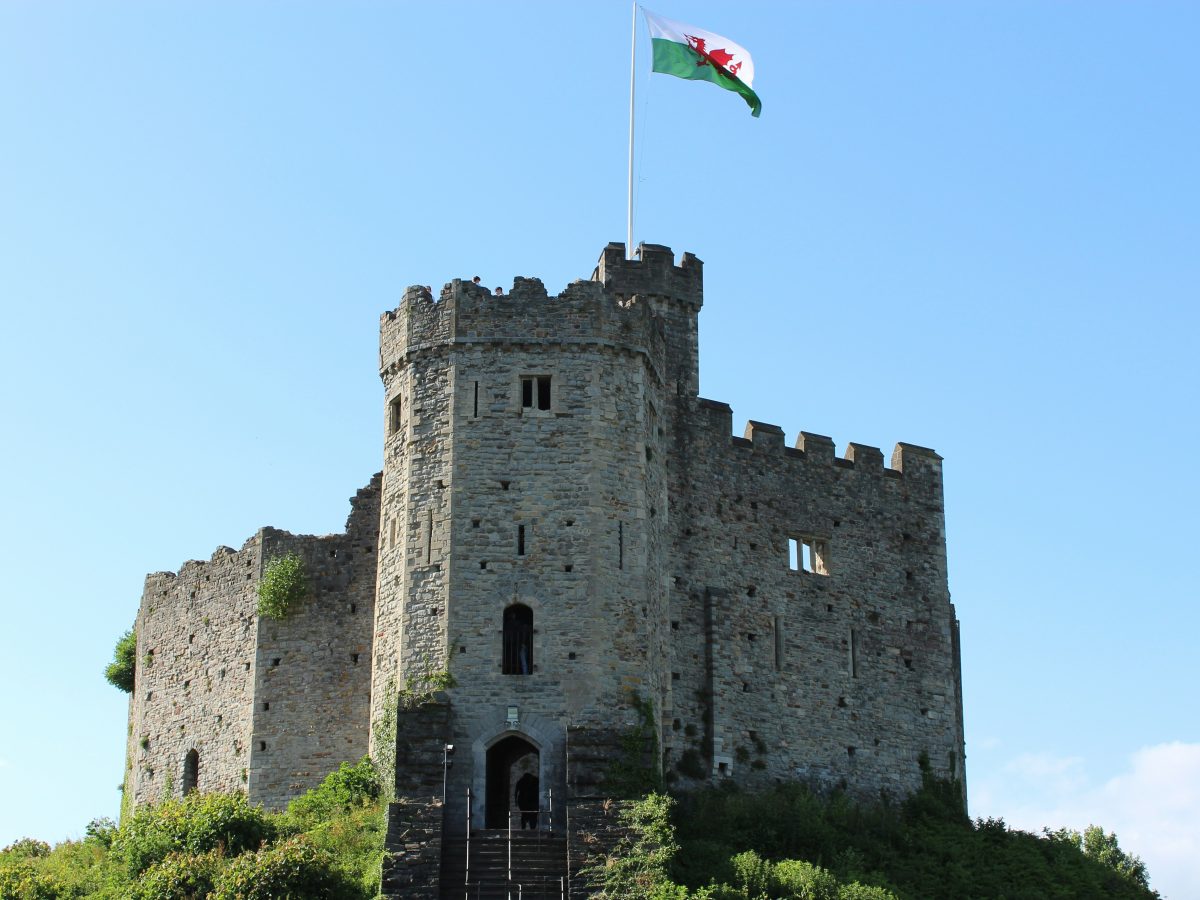𝘈𝘱𝘱𝘳𝘰𝘹 𝘳𝘦𝘢𝘥 𝘵𝘪𝘮𝘦: 2 𝘮𝘪𝘯𝘴🕒
Literary translation is one of the most challenging and rewarding forms of translation.
Literary translation is about capturing the voice, tone, imagery, rhythm and cultural resonance of original literary works, so that a reader in another language can experience it as authentically as possible.
According to the Spanish Association of Translators, Editors and Interpreters (AIETI), literary translation involves recreating the source text’s aesthetic effects and artistic intentions in the target language.
This is as much a creative act as it is a linguistic one.
In other words, the translator is not just a messenger but a co-creator, ensuring that the style and artistry of the original are felt in the new language
Capturing voice and emotion
The Invitation to World Literature project describes literary translation as being closer to writing than to technical translation.
Translators must understand the author’s intent and style, as well as the cultural and emotional context that shapes the work. This means choosing words that preserve tone and atmosphere, not just literal meaning.
Similarly, Fiveable’s Comparative Literature resource explains that literary translation must safeguard the artistic qualities of a text. This includes preserving emotional nuance, rhythm and cultural significance, even if that requires creative adaptation (often known as transcreation).
The challenges of literary translation
Literary translation is an exercise in compromise.
Language is deeply tied to culture, and some concepts simply do not have direct equivalents. The translator must make choices about what to prioritise and how to manage inevitable losses, often compensating in other areas to preserve the overall effect.
A piece from Columbia Magazine calls literary translation and transcreation a “seemingly impossible art” that demands both accuracy and creativity.
Translators must balance fidelity to the original with readability for the target audience, a process that requires deep literary and cultural knowledge.
Literary translators must navigate grammar, style and unique linguistic differences, all while keeping the work’s “literariness” intact.
Translation theorist, André Lefevere, viewed literary translation as a form of “rewriting” shaped by the values, ideologies and poetic norms of the target culture.
This perspective reminds us that every translation exists within a cultural framework and cannot be separated from it.
Why literary translation matters
Literary translation gives readers access to voices, ideas and worlds they might never otherwise encounter. From ancient epics to contemporary novels, it allows cultures to speak to one another and fosters global understanding.
At Wolfestone, we see literary translation as a powerful blend of art and skill.
It requires the precision and accuracy our ISO-certified processes guarantee, alongside the creative insight that comes from working with translators who are both linguists and artists.
Whether you are publishing poetry, prose or theatre, we ensure your work resonates with readers everywhere.
Contact our team today to find out how our specialist literary translators can bring your work to life in new languages.
𝘒𝘦𝘪𝘳𝘢𝘯 𝘩𝘢𝘴 𝘣𝘦𝘦𝘯 𝘸𝘳𝘪𝘵𝘪𝘯𝘨 𝘢𝘣𝘰𝘶𝘵 𝘭𝘢𝘯𝘨𝘶𝘢𝘨𝘦 𝘴𝘰𝘭𝘶𝘵𝘪𝘰𝘯𝘴 𝘴𝘪𝘯𝘤𝘦 2021 𝘢𝘯𝘥 𝘪𝘴 𝘤𝘰𝘮𝘮𝘪𝘵𝘵𝘦𝘥 𝘵𝘰 𝘩𝘦𝘭𝘱𝘪𝘯𝘨 𝘣𝘳𝘢𝘯𝘥𝘴 𝘨𝘰 𝘨𝘭𝘰𝘣𝘢𝘭 𝘢𝘯𝘥 𝘮𝘢𝘳𝘬𝘦𝘵 𝘴𝘮𝘢𝘳𝘵. 𝘏𝘦 𝘪𝘴 𝘯𝘰𝘸 𝘵𝘩𝘦 𝘏𝘦𝘢𝘥 𝘰𝘧 𝘔𝘢𝘳𝘬𝘦𝘵𝘪𝘯𝘨 𝘢𝘯𝘥 𝘰𝘷𝘦𝘳𝘴𝘦𝘦𝘴 𝘢𝘭𝘭 𝘰𝘧 𝘰𝘶𝘳 𝘤𝘰𝘯𝘵𝘦𝘯𝘵 𝘵𝘰 𝘦𝘯𝘴𝘶𝘳𝘦 𝘸𝘦 𝘱𝘳𝘰𝘷𝘪𝘥𝘦 𝘷𝘢𝘭𝘶𝘢𝘣𝘭𝘦, 𝘶𝘴𝘦𝘧𝘶𝘭 𝘤𝘰𝘯𝘵𝘦𝘯𝘵 𝘵𝘰 𝘢𝘶𝘥𝘪𝘦𝘯𝘤𝘦𝘴.







